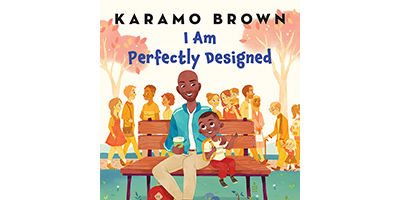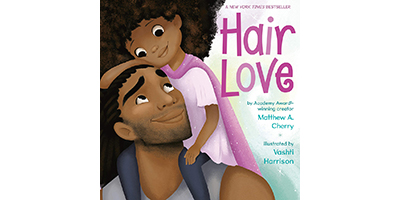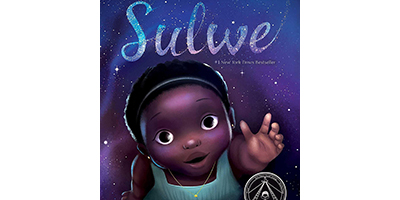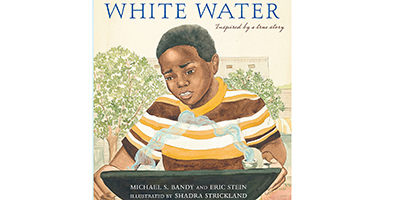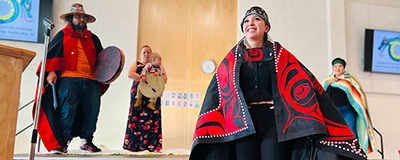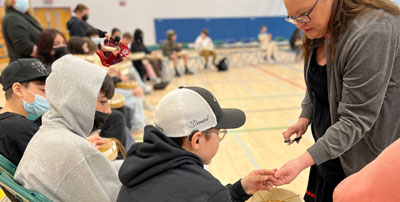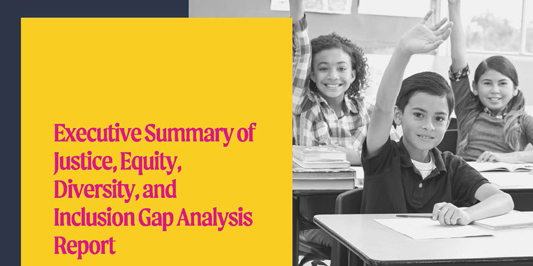
Anti-Black racism includes prejudice, attitudes, beliefs, stereotyping and discrimination that is directed at people of African descent. It is rooted in their unique history and experience of enslavement and its legacy. This type of racism is deeply entrenched in Canadian (and other) institutions, policies and practices, in such deep and entwined ways that anti-Black racism is functionally normalized, sometimes to the extent that it is rendered invisible to those not experiencing it.
This type of discrimination manifests in the current social, economic, and political marginalization of African Canadians, which can include unequal opportunities, lower socio-economic status, higher unemployment, significant higher rates of poverty and overrepresentation in the criminal justice system (retrieved from ontario.ca/document/data-standards-identification-and-monitoring-systemic-racism/glossary2022, on October 22, 2022).
As we begin to engage in this work, it is important that we have a clear understanding and definition as to what we are trying to combat, change or dismantle. Anti-Black racism shows up in our resources, in our language and in our spaces. Once we are aware of it, we must name it, notice it and combat it whenever it shows up.
We also need to be open on our learning journey to the opportunities. As much as we have a responsibility to look for and remove the barriers we know people face, we also need to learn from and celebrate the cultural teachings that are possible … to amplify both the battles against racism and the celebrations of culture, storytelling and sharing lived experiences.
Free Storybook Resources
Below you’ll find stories for you and your family to explore at home together. If you click on them, you’ll be taken through to a free audio-book or read aloud versions, perfect for story time at home. When you’re done watching it together, try asking your child questions: like “Why do you think the author, Karamo, wanted to tell this story? What kind of feelings does he want kids to have about themselves?” Or, “Sulwe’s mama tells her that real beauty begins with ‘how you see yourself, and not how others see you’ … what does this idea of beauty mean to you?”
Elementary and Middle resources
Other resources
Below is a collection of other novels, books and stories that you might consider reading either with your kids or on your own. They feature a range of topics that range from being about the history and culture, and on to addressing the issues real barriers facing Black people across Canada. We’ve added suggested age ranges to help guide you on what might be appropriate for different ages. You can access these books through your school or city library, or possibly, at local book stores. We’ll continue to update, add to or change this recommended list as we continue through this journey together.
Elementary and Middle resources
| Title | Author | Age range | |
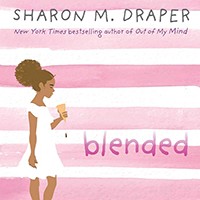 | Blended | Sharon M. Draper | 8-12 years old |
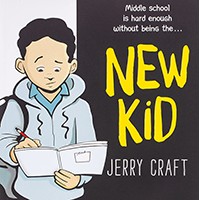 | New Kid | Jerry Craft | 8-12 years old |
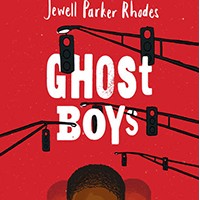 | Ghost Boys | Jewell Parker Rhodes | 9-12 years old |
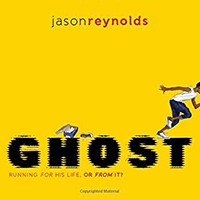 | Ghost | Jason Reynolds | 10 years old+ |
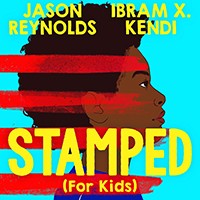 | Stamped for Kids | Jason Reynolds & Ibram X. Kendi | 12 years old+ |
Secondary and Mature resources
| Title | Author | Age range | |
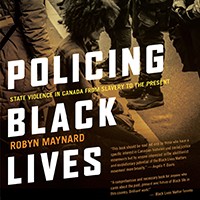 | Policing Black Lives | Robyn Maynard | Mature |
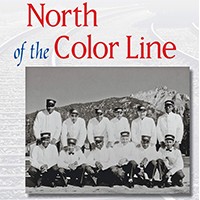 | North of the Color Line | Sarah-Jane Mathieu | Mature |
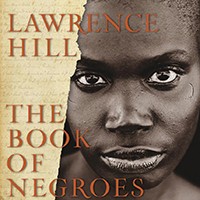 | The Book of Negroes | Lawrence Hill | Mature |
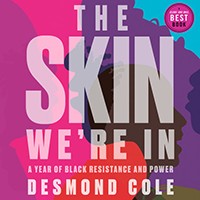 | The Skin We’re in | Desmond Cole | Mature |
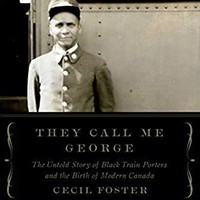 | They Call me George | Cecil Foster | Mature |
Interested in continuing your learning? Use the navigation at the top of the page (in the left bar for desktop platforms, or the “Section menu” under the banner for mobile) to explore a new topic, or use the below button to get to the next page in the DEIA Parent Toolkit

